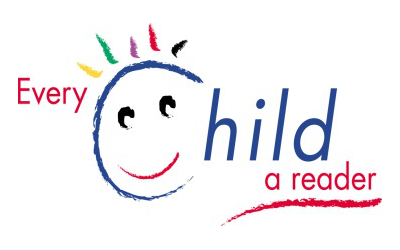Phonics is a way of teaching children to read and write by blending and segmenting individual sounds. Every letter and different combinations of letters make particular sounds for example the letter ‘s’ makes a hissing like a snake. At Hannah More we follow the Little Wandle programme of teaching which is split into 6 phases that systematically build on skills and knowledge of previous learning.
Children throughout Reception and Key stage 1 take part in daily phonics sessions. These sessions focus on key reading skills such as decoding to read words and segmenting the sounds in a given word to spell. During Phonics lessons we also teach children to read and write ‘common exception words’ also known as ‘tricky words'.’ These are words which are difficult to decode. This is because some of the sounds in the words are spelled in an unusual way.
Click on the logo to find out more about Little Wandle Letters and Sounds
Key terms we use in our teaching:
Digraph – two letters make one sound (e.g. sh, ch, ai, ea, ou, ow).
Trigraph – three letters make one sound (e.g. igh, ear, air, ure).
Split digraph – two letters make one sound but the letters have been split apart by another letter.
Phoneme – a single unit of sound
Grapheme – a written letter, or group of letter that represent a sound.
Consonants – b, c, d, f, g, h, j, k, l, m, n, p, q, r, s, t, v, w, x, y, z
Blend – to put or merge the sounds together to make a word (e.g. the sounds d-o-g are blended to the word ‘dog’.)
Segment – to break down the word into its individual sounds to spell (e.g cat can be split into the sounds c-a-t.).
Sound buttons – ways of visually isolating different sounds in a word. We use a dot under letters where one letter makes one sound and a line understand digraphs or trigraphs.

Once the children are able to blend simple CVC words they begin to take part in group reading practice sessions. In reception at Hannah More, these sessions are known as “Cosy Club”. Children are provided with a cushion to sit on to promote a comfortable, homely environment. The teacher begins the session by showing the children some flashcards which provide a reminder of previously taught GPCs and invites them to blend to read words which occur in the reading book. Comprehension of these words can also be addressed here. The children are then given a copy of the reading book which they read alongside the rest of their group. The adult moves around the group whilst the children are reading in order to hear each child read and identify next steps for each child.
The children take part in group reading sessions with a familiar adult three times a week. The focus of each of these sessions is slightly different. The first session focuses on decoding, the second on prosody (the use of stress and intonation) and the final session focuses on comprehension. Once children have completed these sessions, they take their decodable book home to read with a parent/carer.
How you can help at home
- Reading every night at home with your child
Every week each child will be sent home a phonics decodable book at their reading level (these have coloured bands). Read these with your child and ask them questions about the story.
- Practise reading and writing tricky words
If children know these they are more likely to gain speed and fluency in their reading.
- Practising your children’s handwriting
It is important children are forming their letters the correct way round. You can use this video with your child to help you. https://teachhandwriting.co.uk/






